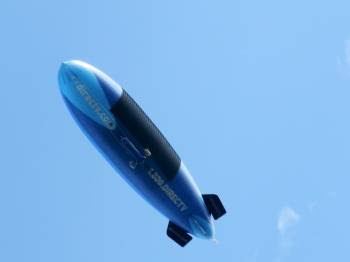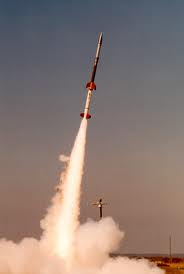 |
| NASA Photo |
The Minotaur will launch the Air Force's Operationally Responsive Space Office's ORS-3 mission, which features the deployment of 29 satellites in space.
The launch window is 7:30 to 9:30 p.m. The backup launch days run through November 26.
The launch may be visible, depending on atmospheric conditions at one’s viewing site, from northern Florida to southern Canada and west to Indiana.
The ORS-3 Mission, also known as an enabler mission, will demonstrate and validate launch and range improvements for NASA and the military. These include automated trajectory targeting, range-safety planning and flight termination systems. The launch also will be part of the Federal Aviation Administration's (FAA) certification process for the Minotaur rocket. The FAA has licensing authority over American commercial rockets.
The Minotaur's primary payload is the Space Test Program Satellite-3 (STPSat-3), an Air Force technology-demonstration mission. Thirteen small cubesats aboard are being provided through NASA's Cubesat Launch Initiative. Among the cubesats is NASA's Small Satellite Program PhoneSat 2 second generation smartphone mission. Also included is the first cubesat built by high school students.
The NASA Visitor Center at Wallops and the Chincoteague National Wildlife Refuge/Assateague Island National Seashore will be open for viewing the launch. Visitors to Assateague need to be on the island by 6 p.m. before the entrance gate closes.
For more information on the ORS-3 mission, visit: http://go.usa.gov/Wgbd.
Live coverage of the launch is available via UStream beginning at 6:30 p.m. EST on launch day at: http://www.ustream.tv/channel/nasa-tv-wallops.
Launch status can be followed on launch day on Twitter at: http://www.twitter.com/NASA_Wallops and Facebook at: http://www.facebook.com/NASAWFF.
Launch status also is available on the Wallops launch status line at 757-824-2050.
Android users can download the “What’s Up at Wallops” app, which contains information on the launch as well as a compass showing the precise direction for launch viewing. The app is available for download at: http://go.nasa.gov/17veCYT.












